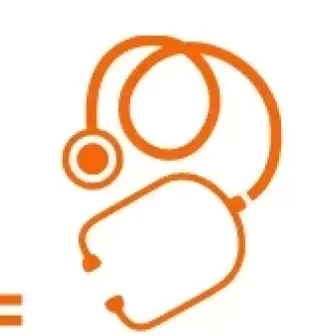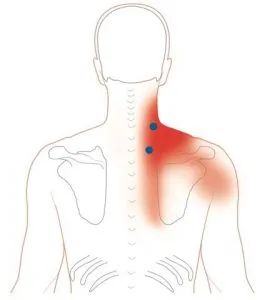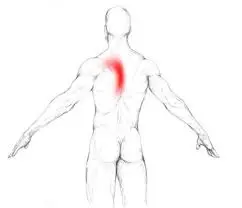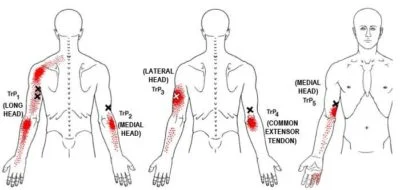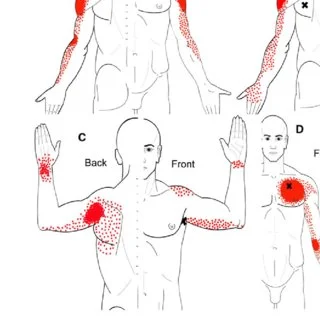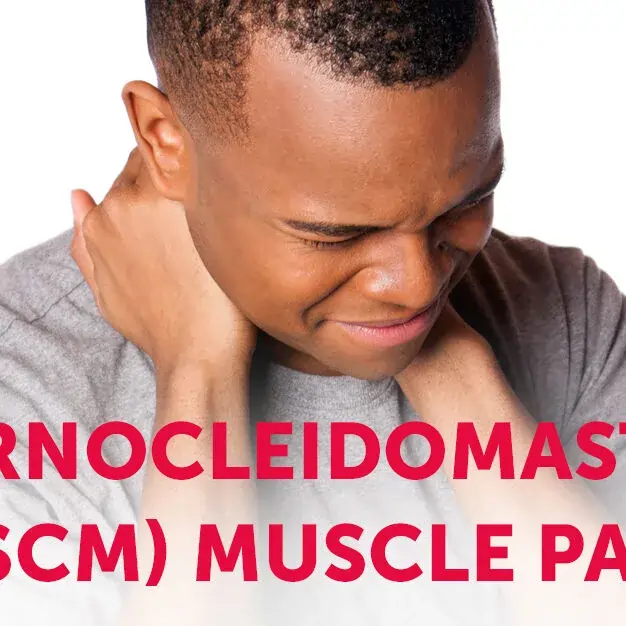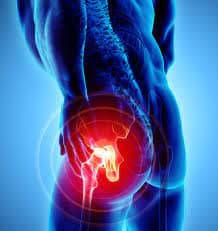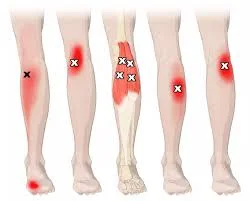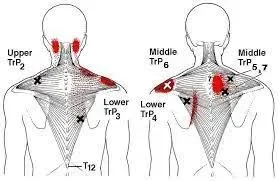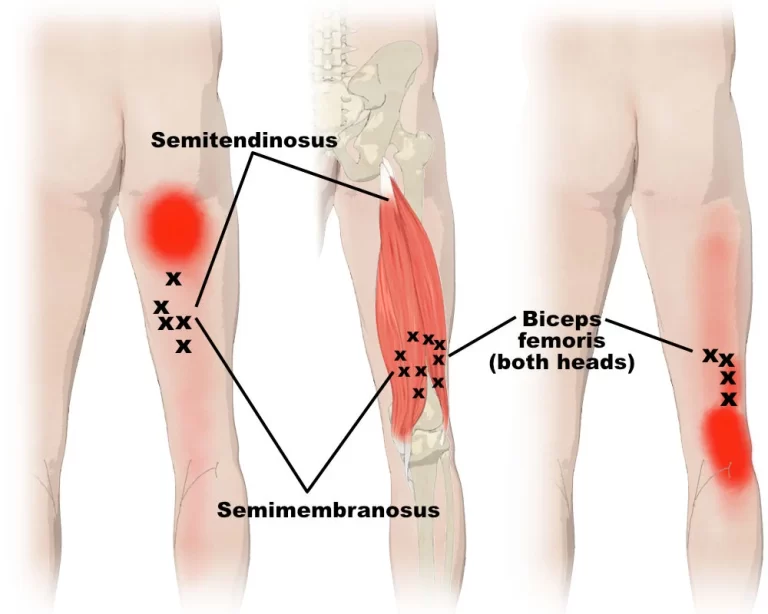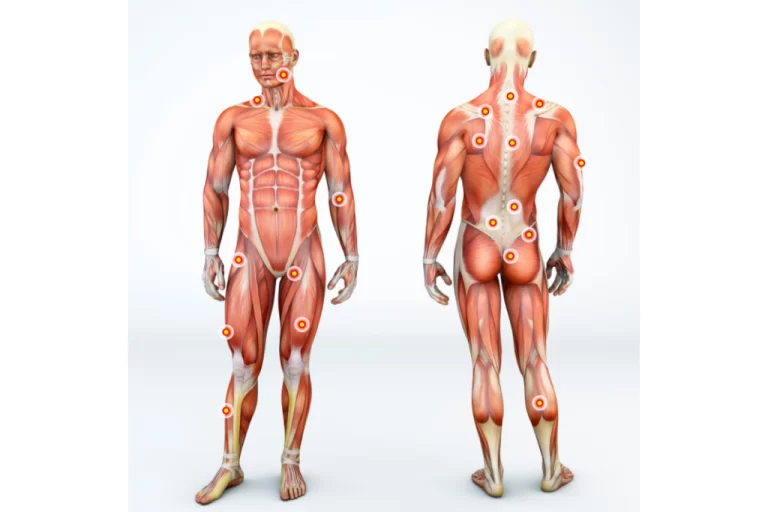Levator Scapulae Muscle Pain
What is the Levator scapulae muscle pain? Levator scapulae Muscle Pain is characterized by pain at the upper medial angle of the scapula.A muscular strain that causes the neck to become rigid and tight is known as levator scapulae muscle pain. The cause of this muscular pain is muscle soreness.Medication, physiotherapy, and the rice principle…
